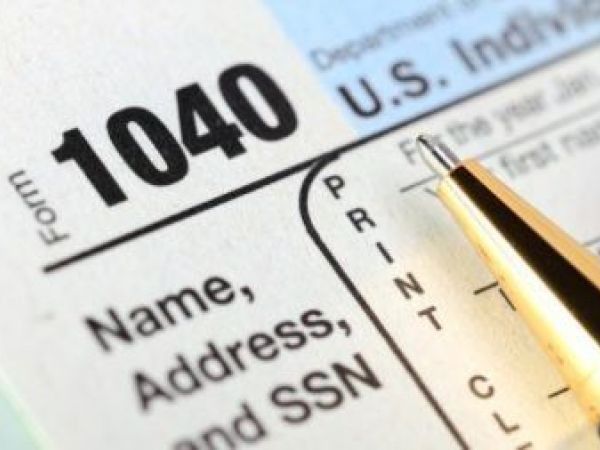Editorial: Taxpayers win when goverment budgets are leaner
Published 2:27 pm Friday, June 9, 2017
It’s very tempting for media outlets to cover budget issues as a winners-and-losers proposition. When a budget is proposed, as President Trump’s budget has been, some reporters seek out the losers – the bureaucrats whose programs would shrink and who might even be out of a job.
Sure, you can get sympathetic stories. But this is the wrong approach. Budget cuts may create some losers, but they also create many winners – the taxpayers who have more of their own money to spend and save and invest.
Here’s an example from the Washington Post.
“On Thursday, all seven former Senate-confirmed heads of the Energy Department’s renewables office – including three former Republican administration officials – told Congress and the Trump administration that the deep budget cut proposed for that office would cripple its ability to function,” the Post reported. “The Office of Energy Efficiency and Renewable Energy, or EERE, has been targeted with one of the most severe budget cuts in the Energy Department. Under Trump’s proposal, funding for the office would plummet from $2.069 billion in 2017 to $636 million in 2018 – a 69 percent drop. By comparison, funding for the entire department would fall by 5.6 percent were Trump’s budget to pass.”
David Boaz at the Cato Institute says this is a natural reaction.
“This is nothing new,” he writes. “Every time a president proposes to cut anything in the $4 trillion federal budget – up from $1.8 trillion in Bill Clinton’s last budget – reporters race to find victims. And of course no one wants to lose his or her job or subsidy, so there are plenty of people ready to defend the value of each and every government check.”
It has become all too predictable.
“When a program is threatened with cuts, newspapers go out and ask the people ‘who will be most affected’ by the possible cut,” Boaz says. “They interview farmers about whether farm programs should be cut, library patrons about library cutbacks, train riders about rail subsidy cuts. And guess what: all the beneficiaries oppose cuts to the programs that benefit them. You could write those stories without going out in the August heat to do the actual interviews.”
But these kinds of stories are ultimately misleading. As Boaz notes, economics call this phenomenon “concentrated benefits and diffuse costs.”
“The benefits of any government program – Medicare, teachers’ pensions, a new highway, a tariff – are concentrated on a relatively small number of people,” he explains. “But the costs are diffused over millions of consumers or taxpayers. So the beneficiaries, who stand to gain a great deal from a new program or lose a great deal from the elimination of a program, have a strong incentive to monitor the news, write their legislator, attend town halls, and otherwise work to protect the program.”
Yet the benefit to taxpayers is real.
As Boaz asks, “If the budget could be cut by, say, $1 trillion – taking it back to the 2008 level – how much good could that money do in the hands of families and businesses? How many jobs could be created?”







